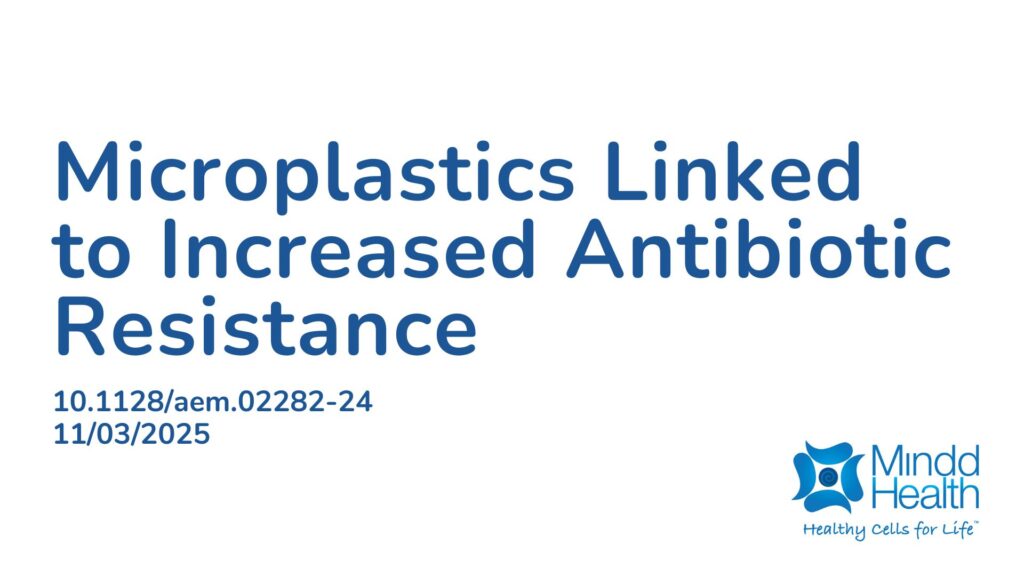Summary:
Plastic pollution is increasing, and tiny plastic particles, also known as microplastics (MPs), are spreading through the environment, including wastewater. These particles provide surfaces for bacteria to grow and share genes, which may contribute to antibiotic resistance by making infections harder to treat, especially in places with high plastic pollution and poor sanitation. This study looked at how different types, sizes, and amounts of MPs affect the development of antibiotic resistance in E. coli bacteria. The results showed that bacteria on MPs became more resistant to multiple antibiotics than bacteria on other surfaces, likely due to MPs’ ability to attract bacteria and help them form biofilms. Even after MPs were removed, bacteria that had grown on them remained more resistant. These findings suggest that MPs could contribute to the spread of antibiotic resistance, highlighting the need for better waste management and pollution control.
Abstract:
Microplastics (MPs) have emerged as a significant environmental pollutant with profound implications for public health, particularly as substrates to facilitate bacterial antimicrobial resistance (AMR). Recently, studies have shown that MPs may accommodate biofilm communities, chemical contaminants, and genetic material containing AMR genes. This study investigated the effects of MP concentration, composition, and size on the development of multidrug resistance in Escherichia coli. Specifically, we exposed E. coli to varying concentrations of different MP types, including polyethylene, polystyrene, and polypropylene, across a range of sizes (3–10, 10–50, and 500 µm). Results indicated that the biofilm cells attached to MPs had elevated multidrug resistance (in E. coli. Notably, MPs exhibited a higher propensity for facilitating biofilm and resistance than control substrates such as glass, likely due to their hydrophobicity, greater adsorption capacities, and surface chemistries. Notably, we found that the bacteria passaged with MPs formed stronger biofilms once the MPs were removed, which was associated with changes in motility. Thus, MPs select cells that are better at forming biofilms, which can lead to biofilm-associated AMR and recalcitrant infections in the environment and healthcare setting. Our study highlights the importance of developing effective strategies to address the challenges posed by MPs.
Article Publication Date: 11/03/2025
DOI: 10.1128/aem.02282-24



